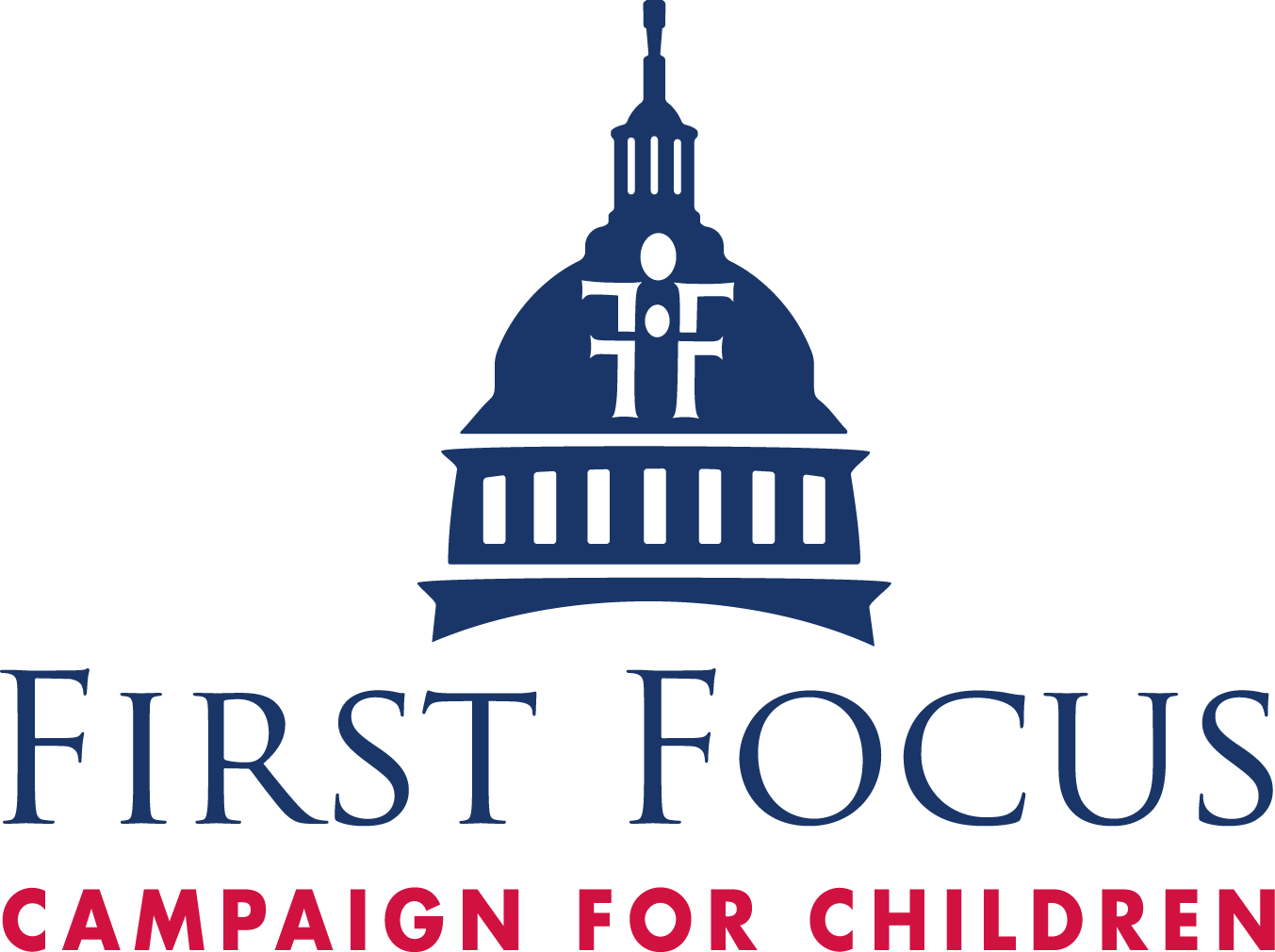
Summer vacation is supposed to be the highlight of a child’s year. But for far too many children in the U.S., it is the hungriest time of the year. As Congress works this year to reauthorize our federal child nutrition programs, it is time to end summer hunger once and for all.
Food insecurity is a devastating reality for 12.5 million—or 1 in 6—children across the country. For these children, many of whom are already exposed to the harmful effects of poverty, this inconsistent access to enough healthy food creates yet another obstacle to their ability to learn, grow and thrive. That is why the National School Lunch and School Breakfast Programs, which provide millions of low-income children with free or reduced-price meals at school, are critically important. These supports are proven to reduce child food insecurity and boost healthy eating.
Unfortunately, a striking 83 percent of participating children lose access to that support when school breaks for summer. This means that more than 17 million children who participate in reduced-price school lunch do not participate in the Summer Food Service Program (SFSP), which reimburses program operators who serve free healthy meals and snacks to children in low-income areas. In addition to nutritious meals, many SFSP sites offer programming and educational enrichment, making them an ideal place for children to safely play and stay ready to learn. However, there are administrative, logistical and funding challenges that make it difficult for sponsors to participate SFSP. Many children also face barriers to accessing program sites when they are available, such as a lack of transportation.
Given the scope of the problem, it will take a multi-pronged approach to ensure that all U.S. children have enough to eat during the summer months. This includes:
- Strengthening and expanding summer meal sites so that they are accessible to more children. The bipartisan Summer Meals Act of 2019, from Senators Murkowski (R-AK) and Gillibrand (D-NY) and Representatives Young (R-AK) and Larsen (D-WA), would make investments that streamline and expand the program. Critically, it would lower from 50 percent to 40 percent the share of income-eligible children a region requires for a congregate site to qualify for SFSP, called the “area-eligibility threshold.”
- Extending the incredibly effective Summer Electronic Benefit Transfer (EBT) program, which is currently a small pilot program, to more low-income families so they can purchase additional food for their children during the summer. The Stop Summer Hunger Act of 2019 from Senator Murray (D-WA) and Representative Davis (D-CA) would do just that.
- Establishing alternative, non-congregate models that fill any remaining gaps and provide additional pathways for children to safely access nutritious food. The bipartisan Hunger Free Summer for Kids Act of 2019 from Sens. Boozman (R-AR) and Leahy (D-VT) offers a helpful framework by which states can prioritize summer meal sites but also deploy the Summer EBT and non-congregate options in those areas where the congregate sites are not feasible.
Child Nutrition Reauthorization in the 116th is an important opportunity for Congress to end summer hunger. Thankfully, several lawmakers are leading the way, and their legislative efforts provide an excellent starting point for developing a comprehensive package to make summer hunger a thing of the past.
